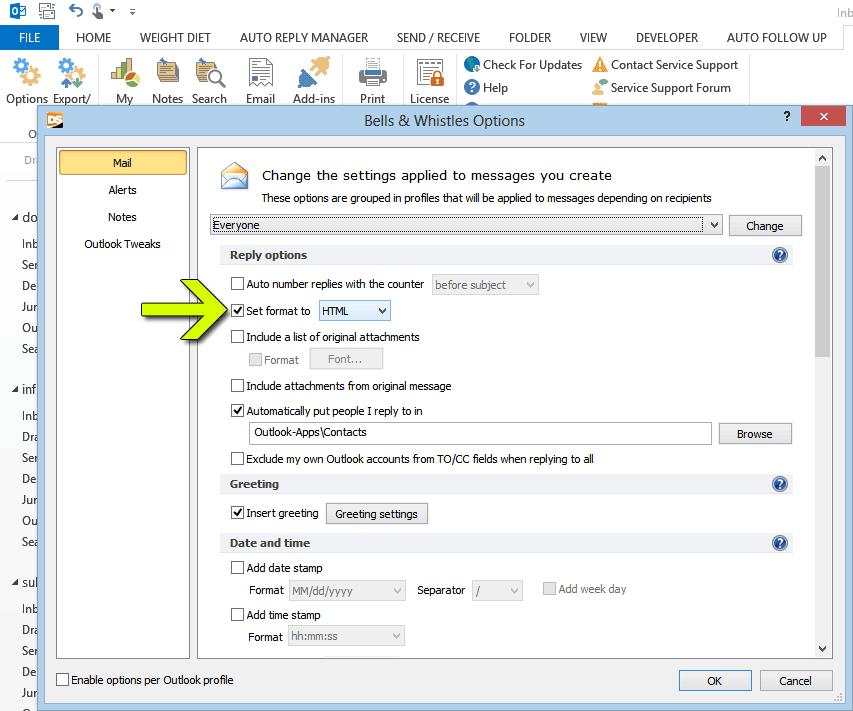

- #AUTOMATIC EMAIL SENDER HTML HOW TO#
- #AUTOMATIC EMAIL SENDER HTML CODE#
- #AUTOMATIC EMAIL SENDER HTML PASSWORD#
- #AUTOMATIC EMAIL SENDER HTML FREE#
#AUTOMATIC EMAIL SENDER HTML CODE#
Click the Encrypt your SMTP credentials button and fill in the required fields.Īfter that, press Generate security token and use it then in your JS function instead of SMTP server settings like the following: SecureToken : ""īelow you’ll find code samples for an HTML email and an email with attachment.

This can be fixed if you utilize the encryption option provided by SmtpJS.
#AUTOMATIC EMAIL SENDER HTML PASSWORD#
The drawback with the code sample above is that your username and password are visible in the client-side script. Run test.html in the browser and send your email.If you have multiple recipients, you can specify an array of email addresses in the To: property. Write the JS function to send emails via.Create a button that will trigger the JavaScript function.Create an HTML file (for example, test.html) with the following script:.We’ll use Mailtrap as the server because it is an actionable solution for email testing. All you need is an SMTP server and a few manipulations to get things done.
#AUTOMATIC EMAIL SENDER HTML FREE#
SmtpJS is a free library you can use for sending emails from JavaScript. These days, more and more bots run JS and do not rely on HTML rendered by the server alone. Some time ago, this could be mitigated by constructing a link in JS.
#AUTOMATIC EMAIL SENDER HTML HOW TO#
Below, you will find a few options on how to make your app send emails from the client-side. This is a strong argument if your web app uses email sending for contact forms only. Besides, you don’t have to mess around with coding a server. So, why would anyone be willing to go another way and send emails right from the client-side using JavaScript? Such an approach is quite useful for building contact forms or other kinds of user interaction on web apps, which allows your app to send an email without refreshing the page the user is interacting with. If you’re curious about what happens with an email after that, read our blog post, SMTP relay. The client-side sends a request to the server-side, which creates an email and sends it to the SMTP server. You will need to set up a server using back-end technology. Traditionally, the server-side of a regular app is responsible for sending emails. Why you might want to send emails with JS This is the value we’re going to introduce below. You can use JS in conjunction with a server script that will send emails from the browser based on your requests. For this, you need a server-side language that talks to the SMTP server. You can’t send emails using JavaScript code alone due to lack of support for server sockets.


 0 kommentar(er)
0 kommentar(er)
